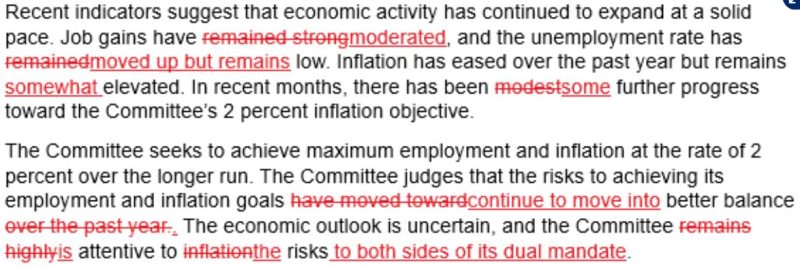After analyzing the current economic scenario, it becomes apparent that the Federal Reserve is potentially setting the stage for its own downfall. The intricate web of monetary policies, interest rates, and quantitative easing maneuvers has created a delicate balance that could easily tip into chaos. In the quest to keep inflation in check and spur economic growth, the Fed might be unknowingly fueling a future crisis.
One of the key indicators of this looming disaster is the Fed’s continuous injection of liquidity into the financial system. While this strategy can temporarily boost asset prices and stimulate economic activity, it also carries the inherent risk of creating unsustainable bubbles. As more money flows into the markets, the prices of stocks, real estate, and other assets become artificially inflated, ultimately setting the stage for a market correction that could have far-reaching consequences.
Moreover, the Fed’s low-interest-rate environment, while designed to encourage borrowing and spending, has also led to excessive risk-taking among investors and businesses. With borrowing costs at historic lows, entities may be more inclined to take on debt without fully understanding the long-term implications. This behavior not only threatens financial stability but also sets the stage for a potential debt crisis down the road.
Furthermore, the Fed’s stance on inflation targeting is a double-edged sword. By aiming for a moderate level of inflation, the central bank seeks to maintain price stability and promote economic growth. However, in its pursuit of this goal, the Fed risks igniting a spiral of runaway inflation that could erode the value of the dollar and undermine consumer confidence.
In its efforts to navigate the complex maze of economic indicators and policy tools, the Federal Reserve must tread carefully to avoid creating its own nightmare scenario. By gradually unwinding its accommodative measures, tightening monetary policy, and fostering a culture of financial responsibility, the Fed can mitigate the risks of a potential economic downturn.
Ultimately, the Fed’s challenge lies in striking the right balance between stimulating economic growth and safeguarding against systemic risks. As the financial landscape continues to evolve, the Federal Reserve must adapt its strategies and policies to ensure a stable and sustainable future for the economy and its stakeholders. Failure to do so could spell disaster for the Fed and the economy at large, making it imperative for the central bank to heed the warning signs and take proactive measures to avert a potential crisis.




























